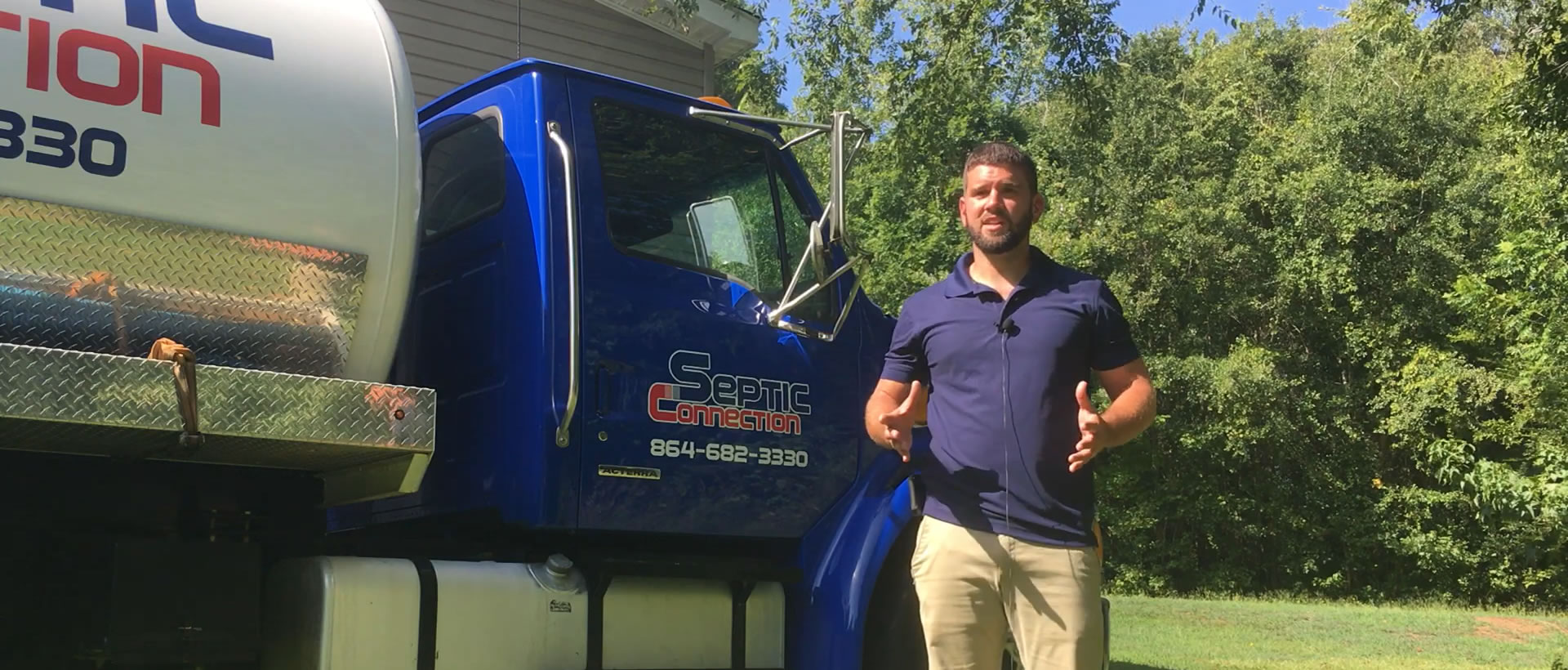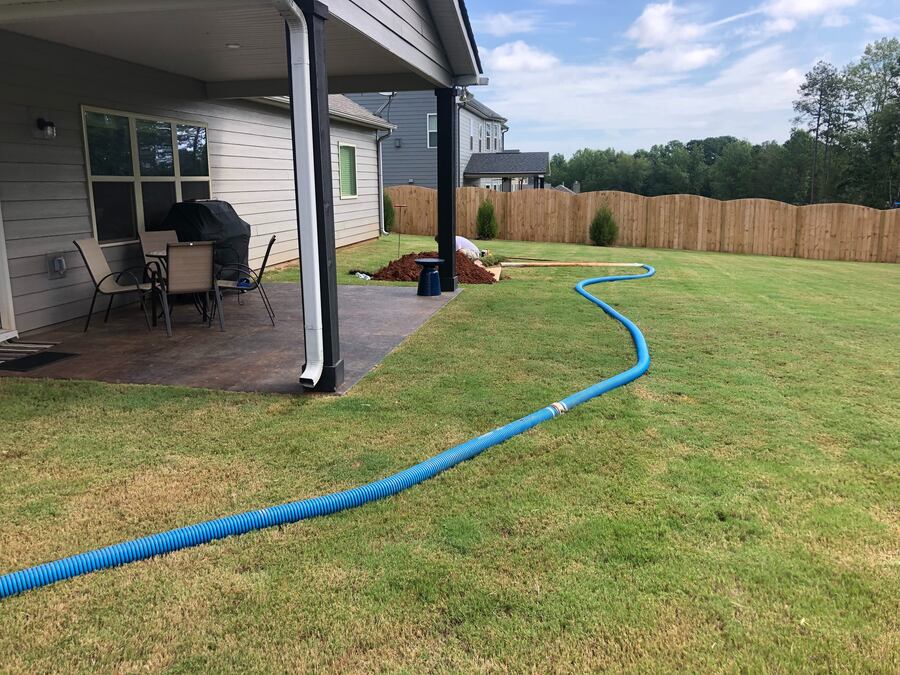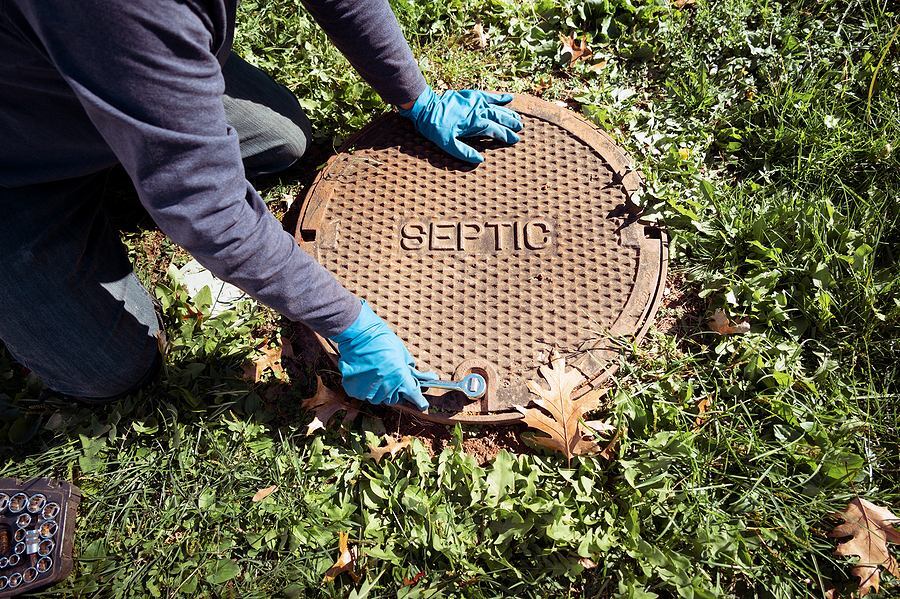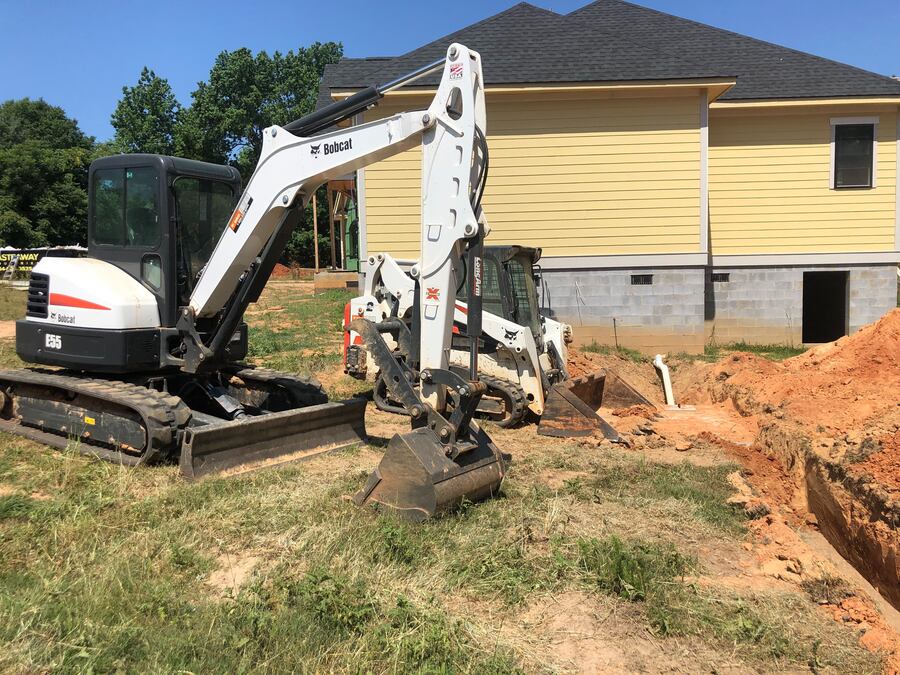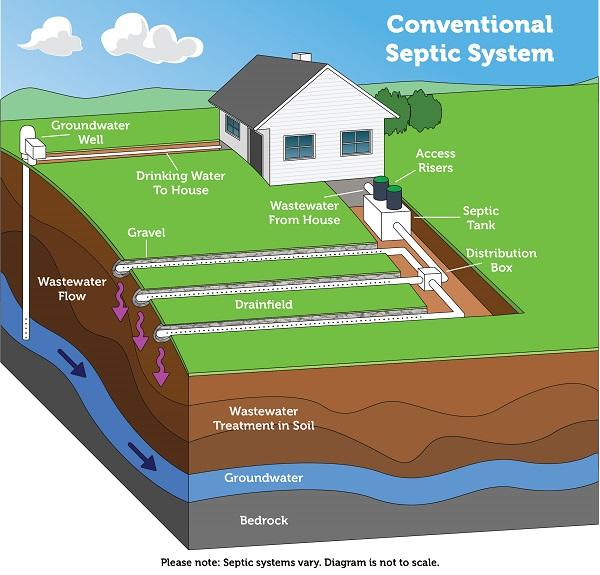
How a Septic System Actually Works
Many homeowners living in the city outskirts or suburbs don’t have the luxury of being connected to the municipal sewer line. However, septic systems are a marvel of modern technology that helps with waste management in such cases, allowing you to enjoy the convenience of indoor plumbing. If you are moving into a home with a septic unit, you may need the help of a professional to ensure everything is running as expected.
At Septic Connection, we have extensive industry experience and knowledge of septic systems, guaranteeing nothing short of excellence in our services. Let’s look at your waste management system and how it works.
Parts of a Septic System
A septic system comprises several parts that work together to dispose of your household waste properly. Knowing common elements and their function can help you maintain an efficient and durable unit. If you prefer a more hands-off approach, you may hire a septic company for professional help. Here are typical parts of a septic system.
Septic Tank
This is usually a large cylindrical or rectangular container made of fiberglass, concrete, or polyethylene installed beneath the ground. When you schedule septic tank pumping and maintenance with our professional technicians, we pinpoint the location of the tank in your backyard and provide pertinent information to help you maintain it in tip-top condition.
Drainfield
Effluent from the septic tank flows into your yard through the drain field. The septic tank typically collects solid and liquid waste before flowing into the drainfield and leaving behind solid waste in the tank. If a professional does not conduct routine septic tank pumping, the drainfield and other drain lines can become clogged. Look out for greener grass over the drainfield, plumbing backups, strange odors, and mushy ground, which are signs of a blocked drainfield.
Leach Drain Field
The leach drain field or septic field is a part of your septic system that receives wastewater from the tank. It comprises a network of drainpipes, gravel or stones, and a layer of unsaturated soil. The primary function of the septic field is to distribute filtered effluent into the ground, which returns to the water table.
How a Septic System Works
The components listed above work together to dispose of wastewater safely into the ground. Septic systems rely on naturally occurring bacteria to break down the waste you flush down the toilet or rinse down the drain. Waste is divided into three categories: scum, sludge, and wastewater. Sludge is heavy solid waste that settles at the bottom of the tank, and scum comprises oils, soaps, and grease.
Once the effluent flows out of the tank, the sludge is left behind and builds. We can schedule regular maintenance inspections to determine when to pump your tank before things get out of hand. If you suspect a problem with your unit, contact us at Septic Connection for professional help. Our septic company in Powdersville uses industry-standard equipment and practical techniques to assess, diagnose, and address any issue affecting your system. Schedule an appointment and enjoy top-notch septic tank pumping and maintenance at competitive rates.
 How it works
How it works
